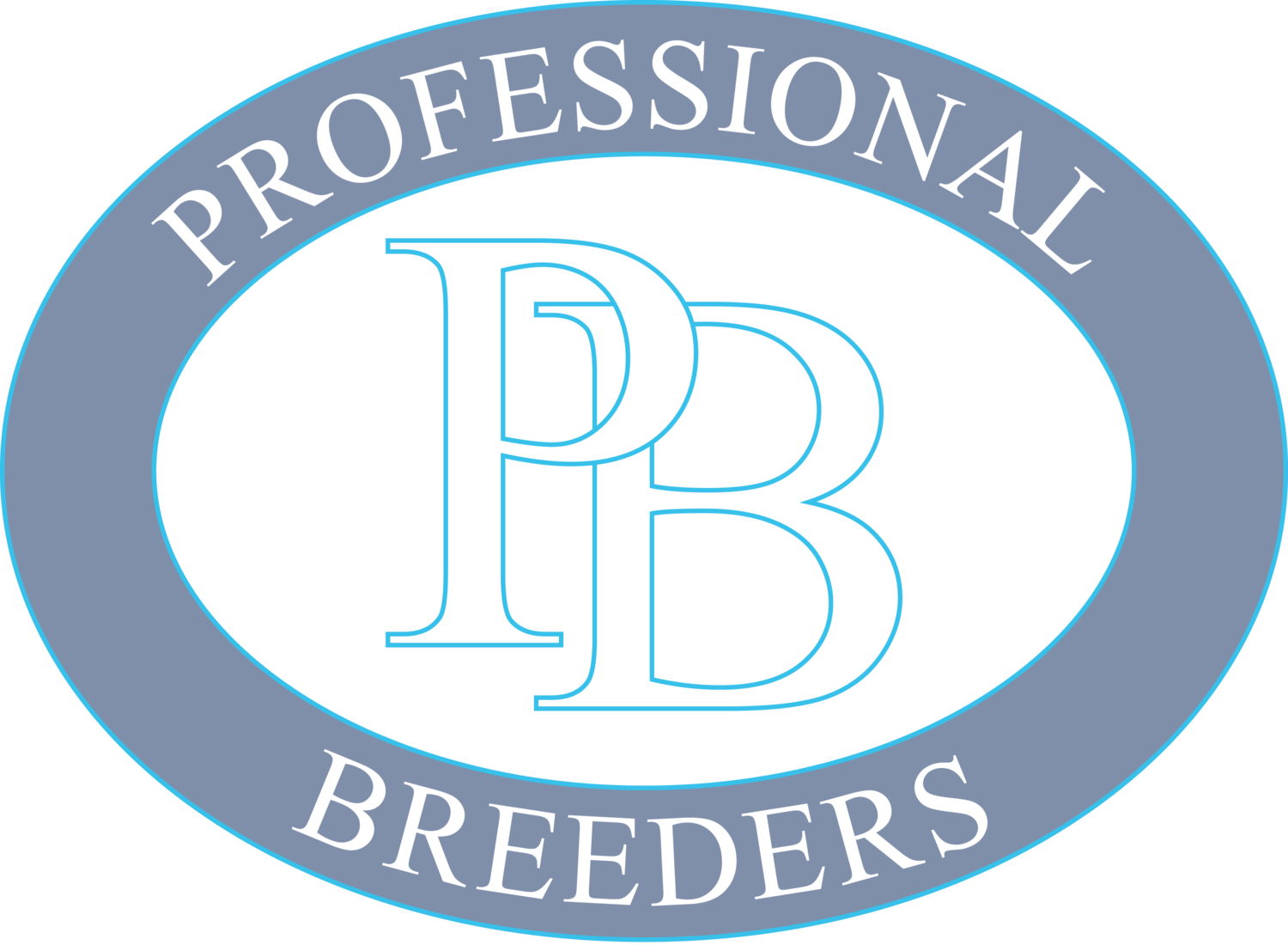HUSBANDRY AND REARING INFORMATION FOR HATCHLING GILA MONSTERS
Caging and initial
set-up specifications
1. Hatchlings should be housed individually to optimize feeding response.
2. Caging should consist of one of the following options:
A lidless plastic shoe box rack system with multiple box capacity and recessed heat tape or cable. Plastic shoe box size is approximately 12"L x 6 1/2"W x 3 1/2"H. This is the optimum choice for rearing multiple offspring.
Plastic shoe box with lid on a shelving unit.
Glass or plastic aquarium or terrarium of 5 to 10 gallon size.
3. Interior caging requirements:
A water cup or dish that cannot be tipped over. We use disposable 2 ounce plastic souffle cups placed inside the 2 inch opening of a flat bottom 2 inch x 1/2 inch PVC reducer bushing.
Substrate consisting of Sani-Chips, Aspen shavings, White Pine shavings, or other suitable material. We use and prefer Sani-Chips over all other substrates.
4. Heating requirements:
Utilize a heat tape, heating cable, heating plate or pad that can be wired or rewired for thermostatic control. A Helix proportional thermostat or similar manufactured device with a remote heat sensing probe is ideal for maintaining a constant set temperature.
Position the heating device under the back 1/3 of the shoe box or other caging.
Set the thermostat so that the surface temperature on top of the substrate in the back 1/3 of the caging unit above the heated area remains between 80 - 85 degrees Fahrenheit. Use an accurate probe thermometer to check this temperature.
Feeding parameters
and techniques
Technique 1
An ideal feeding schedule interval for newborn hatchlings and juveniles up to 12 inches in length is one feeding every 7 days. The number and size of individual food items should be increased on the every 7 day schedule as the hatchling grows
beginning with pinkies as a new hatchling and moving on to larger pinkies and then fuzzies as the growing juvenile can readily handle them. From 12 inches to 16 inches in length an every 7-14 day feeding schedule works well.
Technique 2
Hatchling Gilas typically feed voraciously on live pinkies within one month after birth. Hatchlings are born with a varying amount of internal egg yolk food reserve that can take up to one month to fully absorb. The initial feeding response during this absorption period may vary. The following feeding techniques listed in order of preference should be referred to and utilized to establish each hatchling on a regular feeding schedule:
1) Live pinkies in open cage area. 2) Frozen/thawed pinkie presented to hatchling with feeding tongs. 3) Split-head pinkie presented to hatchling with feeding tongs.
4) Pre-killed pinkie dipped in out of the refrigerator chicken egg yolk presented to hatchling with feeding tongs.
Technique 3
Transfer the juvenile into a temporary juvenile caging unit with a minimum of 2 sq. feet of floor space when a total body length of 8 to 9 inches is reached. Continue every 7 day feeding schedule.
Technique 4
Transfer the sub-adult into a permanent adult caging unit with a minimum of 3 1/2 sq. feet of floor space when a total body
length of 16 to 18 inches is reached. Utilize an every 7 to 14 day feeding schedule of pre-killed or thawed from frozen fuzzie rats or adult mice for sub-adult and adult Gilas.

